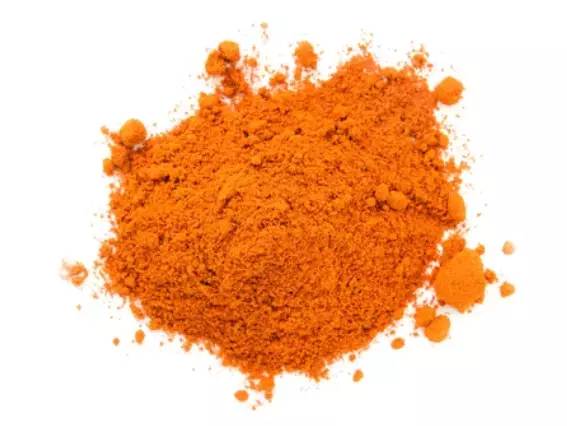Tartrazine
|
IUPAC Name |
: Trisodium (4E)-5-oxo-1-(4-sulfonatophenyl)-4-[(4-sulfonatophenyl)hydrazono]-3-pyrazolecarboxylate |
|
Cas Number |
: 12225-21-7 |
|
HS Code |
: 3204.19.82 |
|
Formula |
: C16H9N4Na3O9S2 |
Basic Information
|
Appearance Name |
: Yellow Powder |
|
Common Names |
: Yellow Azo Dye, Tartrazine |
|
Packaging |
: 1 kg/bag, 5 kg/carton |


